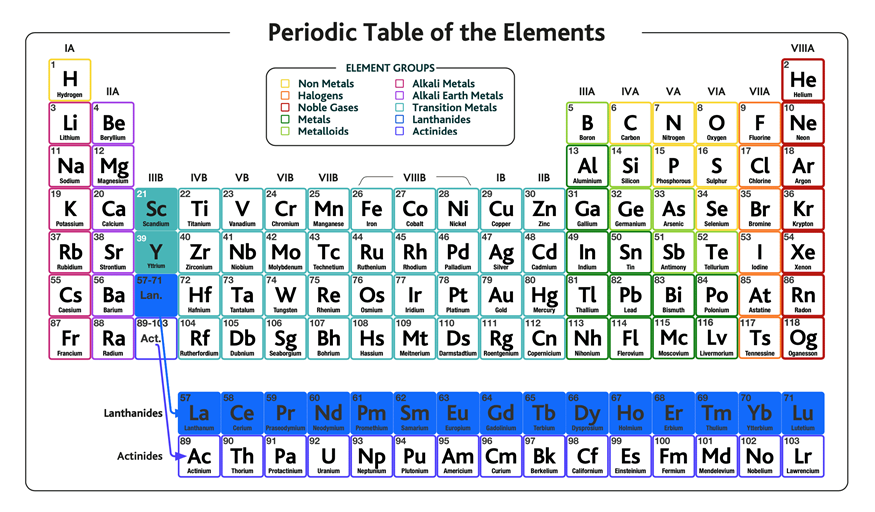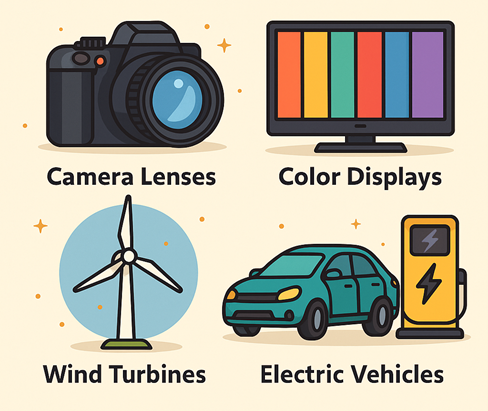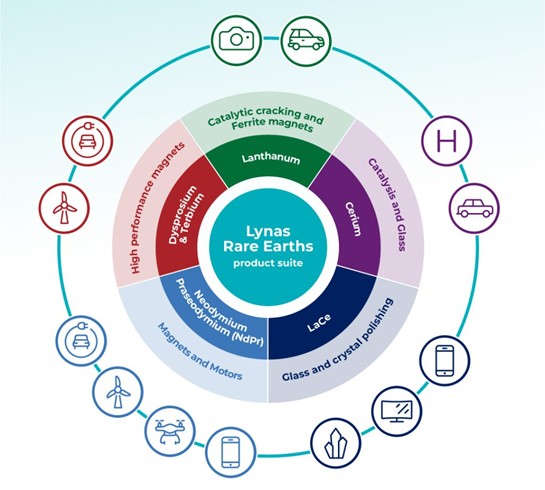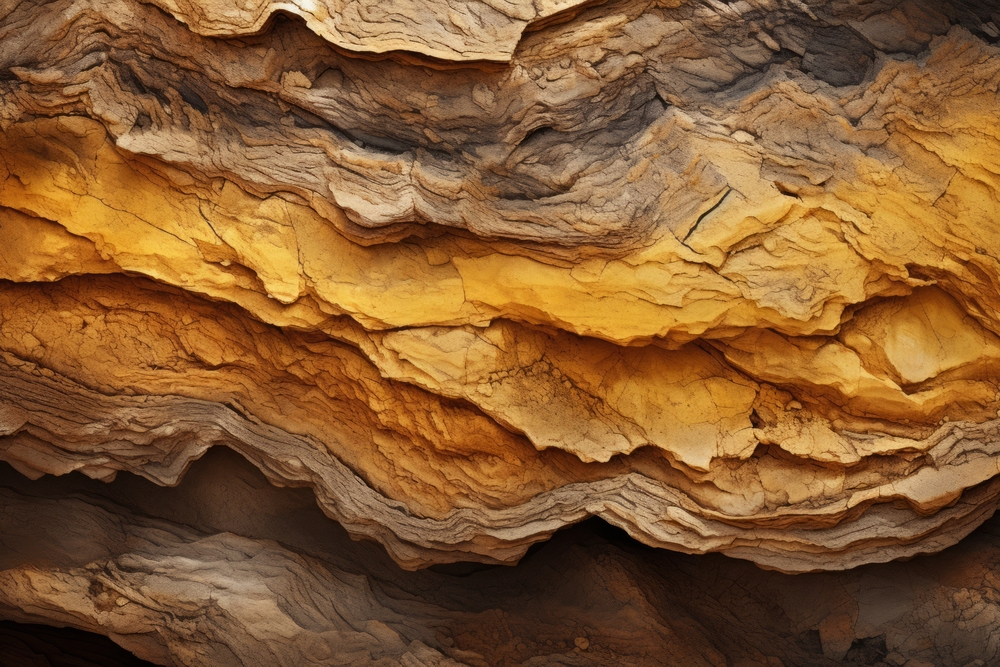Did you know your smartphone is like a treasure chest filled with scientifically valuable elements? Meet the stars of the hidden world: yttrium, lanthanum, cerium, and terbium. And let’s not forget their friends: europium, gadolinium, dysprosium, and neodymium! These elements might sound like characters from a fantasy book, but they are real and incredibly important. Imagine your phone‘s screen bursting with bright colours, your favourite tunes vibrating through the speakers, and your games running smoothly. All this magic happens to these rare earth elements.

Rare earth elements are a group of 17 chemically similar elements in the periodic table, specifically the 15 lanthanides plus scandium and yttrium. Despite their name, rare earth elements aren’t always rare. However, finding and extracting them from the ground is like a challenging treasure hunt. They are scattered all over the place, making it tricky and expensive to gather them.
Rare earth elements exhibit high conductivity due to their free electrons, high melting points resulting from strong atomic bonds, and excellent thermal stability stemming from stable electron configurations, as well as a wide range of magnetic, catalytic, and luminescent properties, which make them crucial for modern technologies.

To your surprise, the magic of rare earth elements doesn’t stop at your phone. These elements are also present in your computer and in the cars you see on the road. They help make clean energy and are used in cool technologies like space rockets and wind turbines.
Lanthanum (La), cerium (Ce), praseodymium (Pr), and neodymium (Nd) are fascinating members of the light rare earth elements group, each playing a unique role in our daily lives.
Lanthanum is essential in high-quality camera lenses, where it enhances clarity and reduces distortion, and is also a key component in the batteries of hybrid cars, contributing to cleaner transportation.
Cerium, widely used in glass polishing, ensures our mirrors and screens are crystal clear, and it plays a crucial role in catalytic converters, helping to reduce vehicle emissions.
Praseodymium, known for its vibrant yellow and green hues in coloured glass, is also vital in high-strength magnets used in electric motors and headphones, as well as in optical fibres that enhance telecommunications.
Neodymium, perhaps the most famous of the group, is used in some of the strongest permanent magnets, powering everything from headphones and speakers to the motors of electric vehicles, as well as in medical lasers for precise procedures.
Together, these light rare earth elements make significant contributions to the technology and conveniences we enjoy every day.

The figure above shows the rare earth products from the Lynas Malaysia advanced materials plant in Kuantan, Malaysia, which are used in many high-tech and future-facing applications, including electronics, wind turbines, hybrid and electric vehicles.
Can you imagine a world without smartphones, colourful screens, or electric cars? It would be quite different or hard to live. Well, we owe a huge thanks to rare earth elements for being the backbone of these technologies. But with great power comes great responsibility.
As we enjoy the benefits of rare earth elements, it’s essential to consider how we can utilise them sustainably. One way is through e-waste recycling. Many of our electronic devices contain rare earth elements, and when these devices are discarded, the elements can be lost.

Recycling e-waste allows us to recover these valuable materials and reuse them in new products. This action not only conserves resources but also reduces the environmental impact of mining new materials.
Besides that, we must focus on sustainability. We must find ways to use rare earth elements more efficiently and develop new technologies that require fewer resources. It also involves supporting policies and practices that promote responsible mining and recycling.
By understanding the importance of rare earth elements and taking steps to use them wisely, we can enjoy the benefits of modern technology while also protecting our environment for future generations.
Prepared by:
Dr Thivyah Balakrishnan
Scientist
Production Cracking and Leaching
Lynas Malaysia




